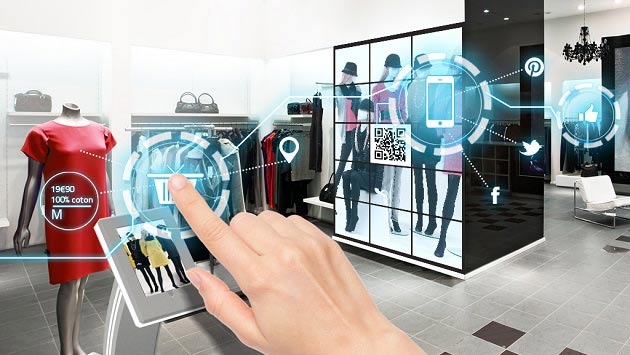Often cited as the fourth industrial revolution, the digitization megatrend fuelled the disruption of long established industries as new, born-digital companies challenge incumbent players and re-define the rules of the competitive game. In short, digitization added a lot of noise to an already complex business environment and only those companies that quickly build the required digital capabilities will be well positioned to exploit the opportunities provided by digitally enabled innovations. Certainly, the financial services industry already experiences high levels of competition from online pure players who attack incumbents by cutting intermediaries out of the process, thereby providing customers faster and cheaper solutions. The payment industry is one of the sectors within the Financial Services industry that sees many new competitors entering the market. Many of them focus on providing mobile payment solutions that might have the power to drive established credit card companies such as MasterCard or Visa out of business. However, even though the buzzword “mobile payment” has been around for long now, it seems as if no progress is being made in diffusing a winning solution. One of the reasons is that no leading industry standard has yet evolved, resulting in a fragmented market structure. The required critical mass of consumers can only be achieved by any company after a consolidation of the market has taken place which limits the number of offers. Further, companies still have to define more mobile payment use cases to commercialize the, and to displace providers of proven offline payment methods. But even then, companies should not underestimate people’s lack of trust in mobile payments – at least in Western Europe.
In fact, three factors currently depress consumers’ readiness to adopt digital payment solutions First, economies in Western Europe are still mostly considered to be cash economies. In fact, an Oliver Wyman report (2017) shows that European countries still have the densest ATM network globally underlining the high demand for cash. Similarly, a study by Deutsche Bundesbank (2014) reveals that in Germany, Europe’s largest economy, still over 80% of all transactions are cash transaction. Second, people generally do not trust digital payment solutions. Most cited reason for the low level of trust is related to security concerns. In numbers, 64% of survey respondents indicate that they do not use mobile payment apps, because they are concerned about the security of these apps (Consumer Mobile Payment Study, 2015). Third, the adoption and diffusion of new technologies generally takes time in these countries. As already pointed out the risk appetite of European consumers is rather low. Hence, new technologies will only be adopted at large when uncertainty or bad outcomes associated with these technologies are perceived to be eroded.
These challenges should be expected to persist even then when an industry standard evolves. Hence, companies not only have to develop their mobile payment solutions, they also have to effectively educate their customers and, in fact, have to create demand for their products through aggressive marketing campaigns.
References:
Oliver Wyman. (2016). Zahlungsverkehr in Europa.
Schmidt, T. (2016). Cash payments more popular in Germany than in other countries. Deutsche Bundesbank.
TSYS. (2015). Consumer Mobile Payment Study


 Given the rise of e-commerce giants such as Amazon and latest advances in technology (i.e. AR), some blog posts already predict physical retails stores a dark future. This post, on the other side, argues that stores are here to stay as they offer several advantages over the online shopping experience and fulfill a critical role in retailers’ value propositions. In fact, smart retailers do not opt for an online or offline pure play but rather leverage the strengths of both retail channels to drive sales. A key strategy here is omnichannel integration.
Given the rise of e-commerce giants such as Amazon and latest advances in technology (i.e. AR), some blog posts already predict physical retails stores a dark future. This post, on the other side, argues that stores are here to stay as they offer several advantages over the online shopping experience and fulfill a critical role in retailers’ value propositions. In fact, smart retailers do not opt for an online or offline pure play but rather leverage the strengths of both retail channels to drive sales. A key strategy here is omnichannel integration.